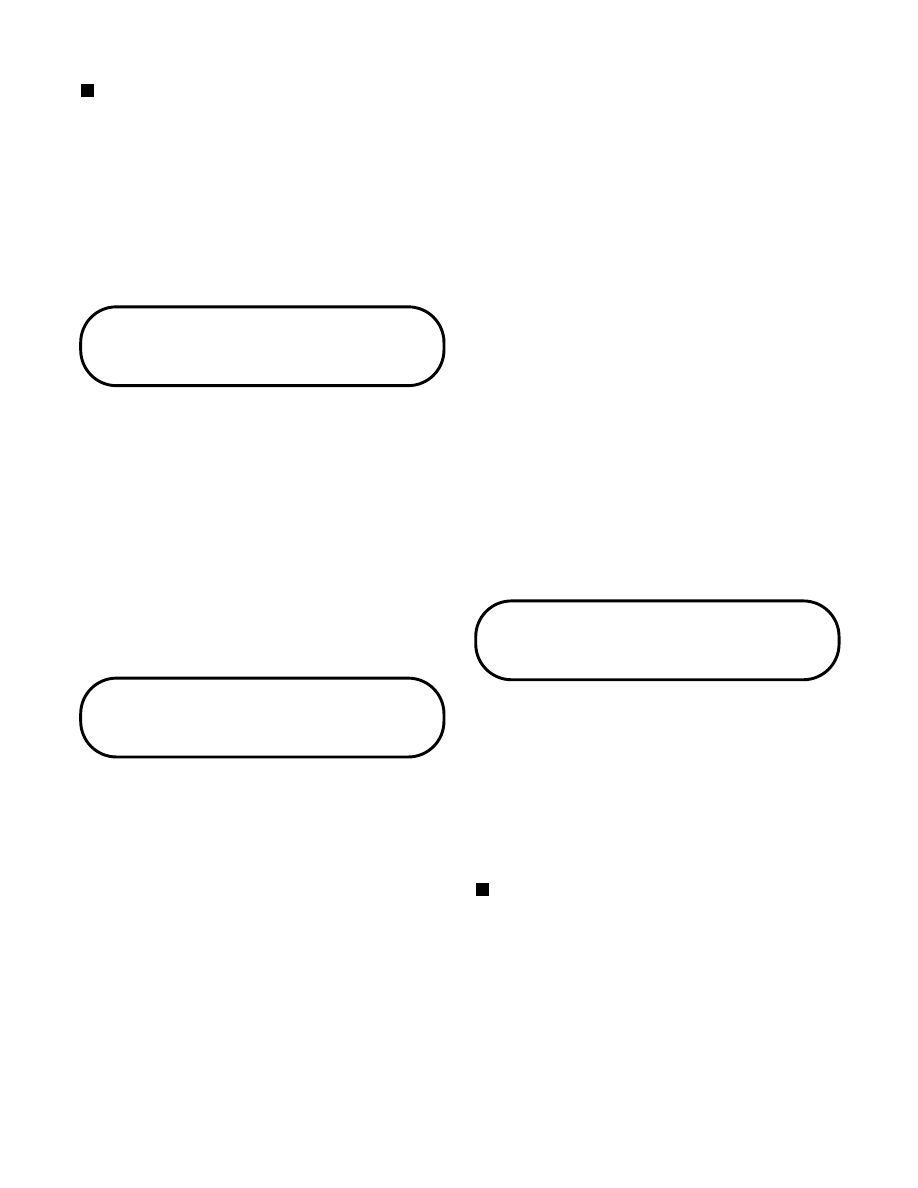Snowmobile Arctic Cat (2000 year). Manual - part 74

NOTE: The Ignition Analyzer can conduct most of
the electrical system performance tests while the
snowmobile is operated in the normal “field”
environment. If the electrical system “breaks down”
after an extended warm-up or only at high speeds,
simply operate the snowmobile until those
conditions are achieved. The rotating selector switch
on the analyzer front-panel (together with the
analyzer’s “multipoint wiring harness”) makes the
analyzer an extremely versatile test instrument. With
the analyzer safely positioned on the handlebar pad
within the operator’s view, the analyzer is usable
under normal operating conditions.
Testing
Voltage Regulator
1. Using a shielded safety stand, raise the rear of the
snowmobile off the floor.
2. Using a multitester, connect the red tester lead to a
yellow wire and the black tester lead to a brown
wire in the accessory harness connector.
3. Set the selector on the 25 ACV position; then start
the engine and allow to idle. The meter must read
11-13 volts.
4. Increase the engine speed to 2500-2700 RPM. The
meter must read 11-13 volts. If the meter reads
more than 13 volts, replace the voltage regulator.
Testing Low-Oil Light
Sensor
The low-oil light sensor is a magnetic switch. Its
operation is based on a magnet located around the inside
diameter of a 1/2 in. hole in a plastic float. The switch
located in the stem of the sending unit is positioned
through the hole in the float. When the float drops to the
lower part of the stem, the magnet closes the electrical
contacts (located in the stem) allowing the current to
pass on to the warning light.
If the sensor should fail, it must be replaced. To test the
sensor, use the following procedure.
1. Remove the sensor from the oil reservoir by twisting
and pulling upwards. Wipe excess oil from the sensor.
2. Unplug the sensor from the wiring harness.
3. Using an ohmmeter, set the selector on the X1K
position.
4. Touch each of the meter leads to one of the two
wires coming from the sensor. With the sensor in its
normal position (float end down), the meter should
read resistance.
5. If the meter reads no resistance, check to make sure
good contact has been made with each of the wires
coming from the sensor. If the meter still reads no
resistance, replace the sensor.
6. While maintaining contact between the meter leads
and the sensor, raise the float. The meter must read
no resistance. If the meter reads resistance, replace
the sensor.
7. If the sensor tested out satisfactory but the light
doesn’t illuminate with only a small amount of oil
in the reservoir, check the bulb.
8. If the bulb is in good condition, check for voltage at
the connection where the sensor plugs into the
accessory wiring harness. Using a multimeter set on
the 50 ACV scale, start the engine and allow it to
idle. Touch the red lead of the voltmeter to the red
wire in the two-prong connector. Touch the black
lead to the black wire in the wiring harness. At idle,
the meter should read 5 to 6 volts (AC). If no
voltage is present but the lights on the snowmobile
operate normally, either check the wiring harness
for a broken wire or replace the harness.
Testing High
Temperature Sensor
1. Disconnect the main wiring harness connector from
the temperature sensor.
2. Connect an ohmmeter between the sensor terminal
and any convenient chassis ground (or any brown
wire). The ohmmeter must read less than 20 ohms
of resistance with the water temperature more than
+230°F. The ohmmeter must read no resistance
with the water temperature less than +190°F.
NOTE: It may be easier to remove the sensor from
the water manifold for testing purposes. Immerse
the sensor body (only up to the threads) in
automatic transmission fluid and slowly heat the
fluid. The ohmmeter must indicate the above
resistances when connected between the sensor
terminal and the sensor body/chassis.
5-42